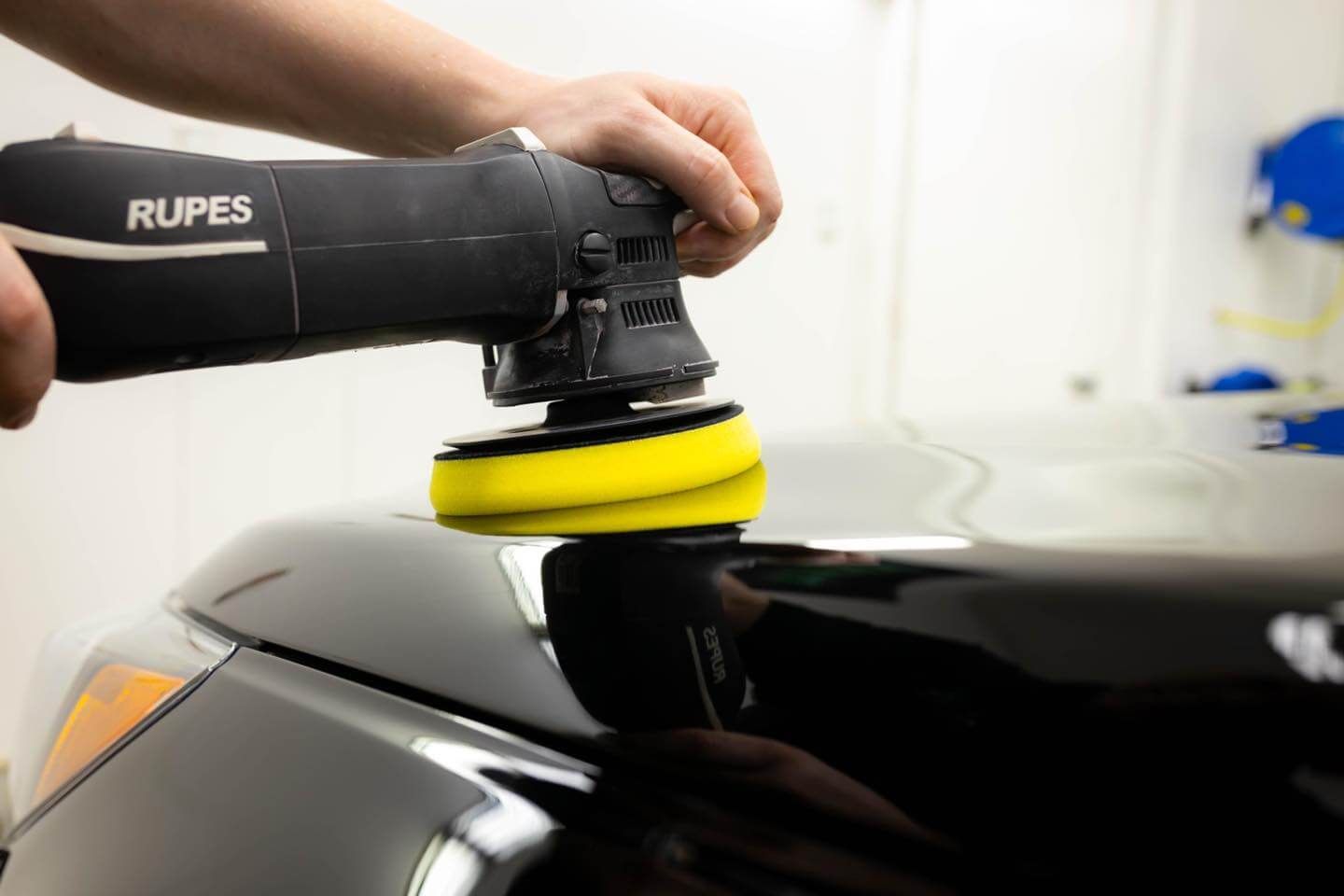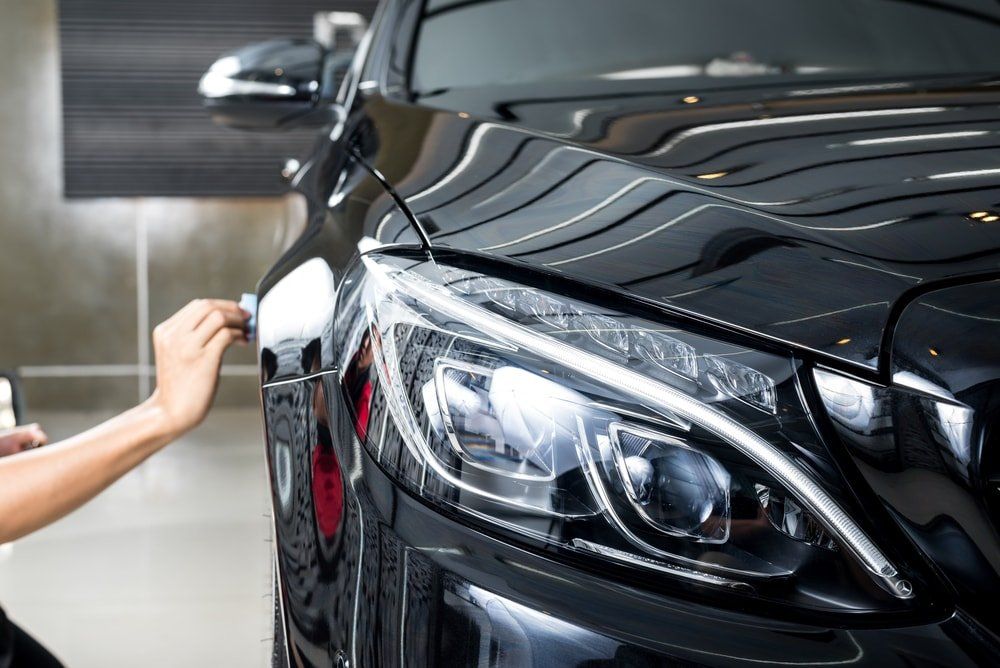If you want your car to be thoroughly cleaned and reconditioned inside and out, then it's a great idea to get it detailed on a regular basis. The auto detailing process may not involve repair or paint jobs, but a thorough wash and paint decontamination are included in the service, and getting it done will surely make your vehicle look brand new again.
Unfortunately, many car owners still mistake car detailing for simply car washing - perhaps because both of these services involve a great deal of cleaning. The fact, though, is that the difference between the two is what matters and why you should opt for professional detailing when you can:
2 Parts or Types of Auto Detailing
When you take your car for auto detailing, you can choose to have the interior, exterior, or both thoroughly detailed. Let's dive deeper into what each one entails:
Interior Car Detailing
The interior detailing procedure involves thorough cleaning and conditioning of the interior part of the vehicle, including these components that are found inside the car:
Carbon fiber plastics- Leather
- Natural fibers
- Plastics
- Vinyl
Vacuuming and steam cleaning are among the most common techniques used to thoroughly clean and recondition the interior of a vehicle.
Exterior Car Detailing
The exterior detailing process involves a thorough washing, decontamination, and application of paint sealant to the exterior of your vehicle. The goal of the entire process is to exceed the original condition of the outer parts of the vehicle, including its windows, wheels, tires, and other components. The most commonly used products for exterior car detailing include degreasers, shampoos, and sealants
You should consider hiring a pro automotive detailing technician to do the job and not attempt to do it yourself because this task requires the use of specialized cleaning equipment and techniques. Similarly, detailing a car without the proper tools and knowledge can actually lead to additional paint damage such as scratches and swirls.
A complete detailing service includes:
Interior Services-
- Full vacuuming of the entire vehicle
- Shampooing and steam cleaning of the carpeting and floor mats
- Application of interior protectant
- Cleaning of all interior windows
Exterior Services-
- Full hand wash and dry
- Clay decontamination
- Application of sealant
- Cleaning of all exterior windows
- Application of tire dressing
Benefits of Car Detailing
Giving your car a thorough wash is always a good idea, and having it professionally done is even better. However, detailing your car every few months or so is much more important. Here are some of the benefits of auto detailing:
1. It improves the physical appearance of the car. A pro detailer can ensure that all areas of the vehicle are thoroughly cleaned and assessed for any damage to your vehicle.
2. It can extend your car's lifespan. When the car's look is enhanced and damages are prevented, its value won't depreciate as fast as it would if you don't get it detailed.
3. It helps maintain the condition of your car's paint. Constant exposure to weather elements can fade the vehicle's paint, especially if it's always parked under the sun. Detailing includes the application of a sealant over the car paint to help protect against UV rays. Additionally, ceramic coating is a great additional add on service that can provide an additional layer of protection.
Conclusion
As you have learned in this post, car detailing is so much better than your typical car wash because it involves restorative and protective steps that are not included in car washes. If you want to extend the life of your car and keep it looking great and flawless for much longer, you should have it detailed regularly.
5 Star
Auto Detailing in Rochester, MN, offers premier car detailing services that will leave your vehicle looking like new again. Contact us today and learn more about our auto detailing and ceramic coating services!






